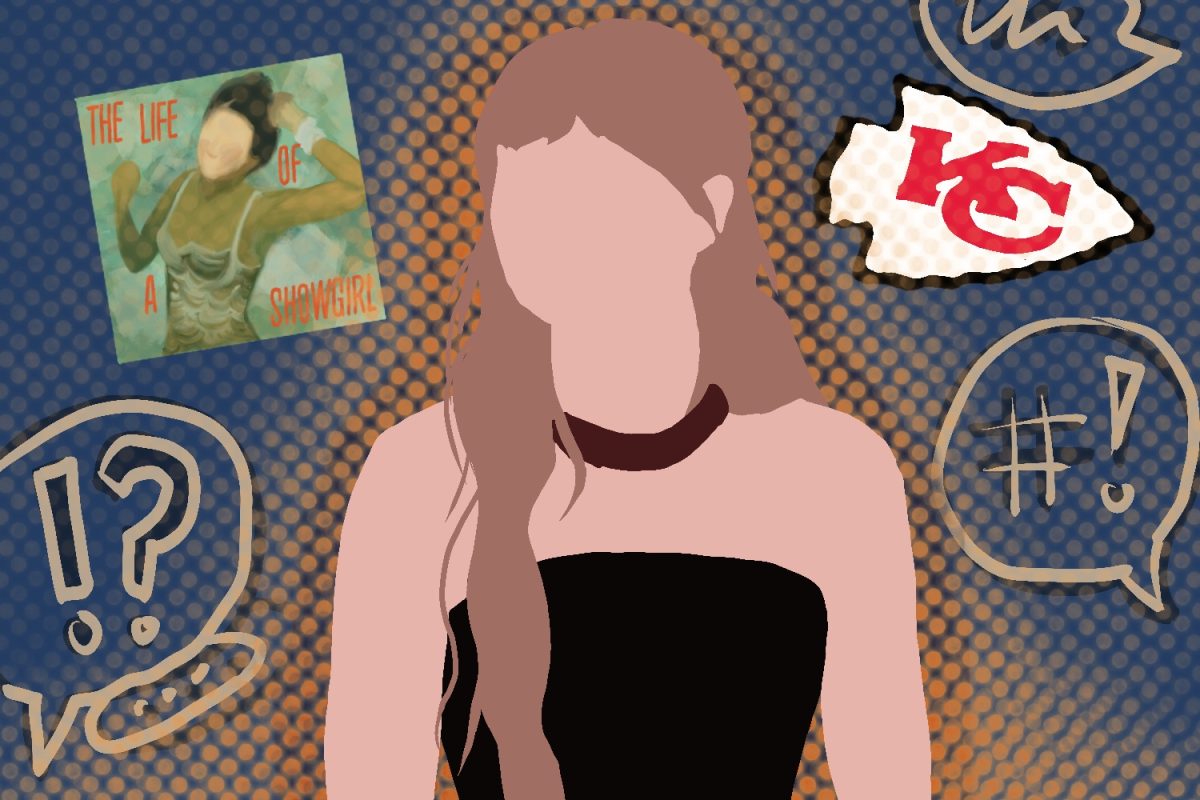New York Governor Andrew Cuomo announced Sunday the state would ban most flavored e-cigarettes, which are “highly attractive to young people,” Cuomo said. The ban comes a few days after U.S. President Donald Trump and his administration made similar plans to prevent flavored e-cigarettes federally.
The media has only recently picked up on extensive coverage of the subject because of increasing rates of health problems associated with vaping and subsequent changes in policy. Trump has made his priorities clear by choosing to ban flavored e-cigarettes, which got plenty of media attention, before regulating firearms, which are killing Americans at an alarming rate much greater than that of e-cigarettes.
A total of six deaths have accrued by the hands of vaping, while Pew Research Center reported that 39,773 people died by guns in the United States in 2017. Both situations are public health crises that deserve to be addressed.
This is an important first step toward decreased usage among all populations, but to ban mango-flavored nicotine is not enough. Addictive substances are more difficult to discourage for obvious reasons, but extreme taxes and public service campaigns aimed toward informing users of the health risks they face could go a long way to reduce usage.
E-cigarettes were originally put on the market as an alternative to vape and cigars, which America has successfully stigmatized to the point that smoking has dropped dramatically between generations.
This change did not come from fully banning cigarettes, but by discouraging smoking through excise taxes as high as 63 percent on tobacco products in some places and increased health warnings on the products.
E-cigarettes, at their inception, were meant to be alternatives for people that were already addicts looking to quit or at least cut tobacco from their habit. When alternative flavors were added to markets and advertised, however, it became clear that there was a new goal in the industry to attract non-smokers and, more specifically, younger generations.
The consequences of smoking cigarettes are so widely known among children and teenagers today that to smoke is nearly taboo and certainly not the norm among that age group. However, when a tasty, discreet, tobaccoless option became available and highly advertised, no one is safe from smoking.
The concept of flavored e-cigarettes blatantly ignores their original purpose to make nicotine consumption less harmful to users, not to make it desirable for non-smokers. It is hardly a coincidence that the introduction of flavors in the market fostered the increased interest that young populations now have in vaping.
The public advertisement of e-cigarettes and their flavors needs the same regulation that cigarettes received. Public acceptance and normalization of vaping leads to the belief that it is safe and okay, contrary to cigarettes, which are not advertised nearly as much since expansive restrictions were enacted on how and where tobacco companies can promote their products.
Banning flavors is a start, but if the ultimate goal is to discourage vaping as a whole, much more needs to be done to address the addictions caused by the targeting of vulnerable teenagers. Public campaigns against the use of e-cigarettes are our best bet at undoing the damage caused by flavored options.
If politicians like Cuomo and Trump are serious about their crusades against e-cigarette use, public awareness is the next step.





















































































































